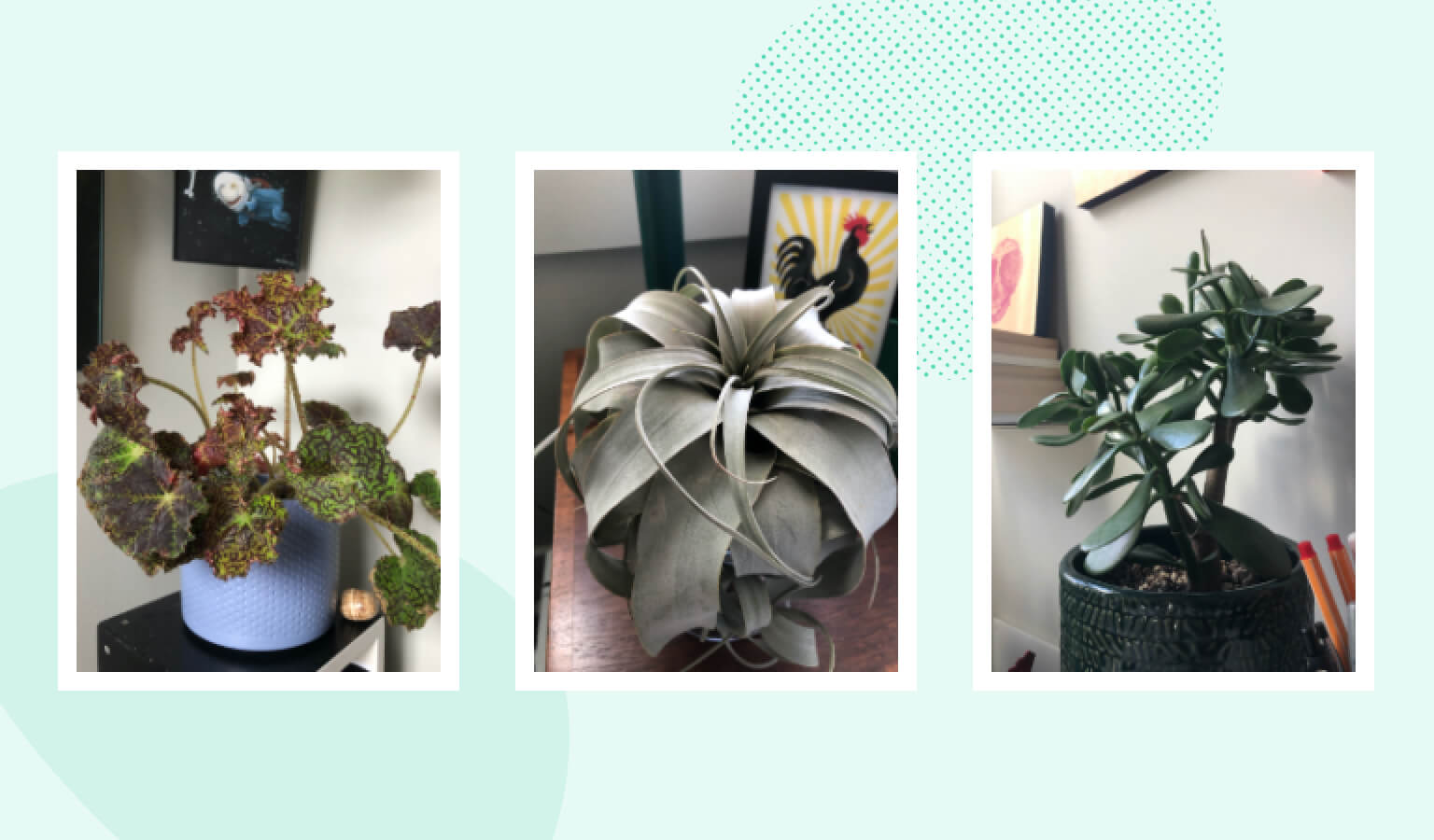What is Biophilic Design?
It may sound like a name for the latest scourge on humanity, but happily, that’s not the case. Biophilic design is all about making our human-made structures and areas more integrated with the natural world.
Introduced in the 1980s by Edward O. Wilson, biophilic design principles have quietly been gaining momentum. Biophilic comes from the word biophilia, which translates to ‘love of life’ in Greek. Biophilia proposes that humans need to connect with nature to thrive and be happy.
It makes sense, right? Hanging out inside all day with no fresh air or windows is just rather depressing.
The EPA tells us that humans spend 87% of their life inside (yikes). So if humans long for nature but we’re inside all the time, how do we fix that? Enter biophilic design.

Biophilic Design in Everyday Spaces
Think about your home, school, or workplace – lots of straight lines and sharp edges. Now think about being in the woods or at the beach. Not quite the same, right? Effective biophilic design is a concert of different methods to increase the interiors’ mimicry of nature – a curved staircase, bigger windows, natural textiles, leafy wallpaper, plants, etc.
Many of us aren’t lucky enough to work in those awesome high-rises covered in plants or have our own live walls. That’s okay. There are still ways to incorporate biophilic principles into your current space.

I, for one, am a total plant nut. My home office (thanks Covid) has 14 plants at the moment. There’s a lot of research out there about the benefits of plants: they can help lower stress and improve attention span. Even though my home office is a spare room with lots of random stuff, having my plants creates a sense of peace and purpose for me.
How Does Bio…whatever Help Me Study?
We’re often told to take a walk, get some fresh air, get some sunshine. We know that exercise can help improve our mental health and our ability to learn.
There are entire school systems where the classroom is outside. Based on a Scandinavian teaching model, Forest Schools have made their way to America. There’s a ton of research now about the benefits of natural surroundings for children.
If being immersed in nature is beneficial for children, it’s probably the same for adults.
As mentioned above, simply adding a few plants to your indoor spaces can help your mental and psychological well-being. No one studies effectively when they’re distracted or unhappy. Cultivating a space where you’re at peace and maintaining that when you’re trying to concentrate will help your study efforts.
Making Biophilic Improvements in Your Space
Maybe you’re thinking, ‘I kill plants, am I doomed?’ Nope! You don’t need a green thumb to bring biophilic elements into your space. Sure, a few plants are an easy place to start (I recommend Pothos and Sansevieria), but there are many elements to consider – pick what works for you.
Light
Yes, you may need to channel your inner Cher and design a lighting concept. In nature, you’ve got sunlight, diffused light, and shadows. You can play with that in your inside spaces. Seek out rooms with windows, have an overhead light, and maybe a lamp or two. This gives your space different light dimensions.
Example: Think of a room with one bright overhead light vs. a room with several lights of different brightness at different heights. Which one would you rather be in?
Patterns & Texture
Look outside – patterns galore! Our natural world is full of patterns – remember the Fibonacci sequence? Think about your indoor space – is it stainless steel everywhere or only carpet?
Try to incorporate different textures and patterns from carpets, upholstery, trays, or fabrics. If you’re going for a major redesign, think about wallpaper with floral or leafy patterns.
Hint: if you love wallpaper but aren’t into the hefty price tag, you can buy samples and frame them.
Sensory Stimuli
When we’re outside, there’s a breeze, birds chirping, or a change in light. You may not realize it, but this is sensory stimuli. If we can recreate that inside, all the better.
Try opening a window for airflow or hang some billowy fabric that will move occasionally. Even small wind chimes are a great option. The goal is to recreate opportunities that break the pattern of monotonous indoor nothingness (aka staring at a computer for eight hours).
Natural Elements
This one is easy – think about the five elements and what you may have that represents them. Don’t worry – you don’t need a massive water feature or a hunk of dirt sitting on your workspace. Try plants, driftwood, or shells you found. Also, think about your textiles – do you have wood, rattan, bamboo, natural fibers?
Finding Your Biophilic Balance
It’s been said by some that plant ladies are the new cat ladies. Biophilic design isn’t all about plants, but as I said earlier, it’s definitely a quick fix if you find yourself yearning for a bit of nature indoors. Like pretty much everything in life, you need to find what works for you. Maybe a live-edge shelf is more your style, a leather chair with a fake fur throw, framed pictures of beaches or forests, a pet beta fish, the list goes on. Figure out what elements from biophilic design are practical for you and see what works. Happy studying!

 learning science
learning science